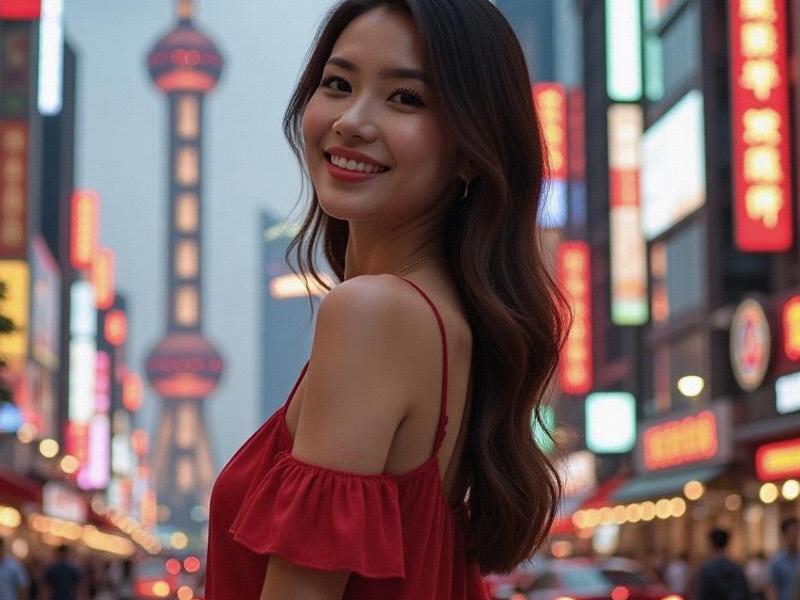
[Section 1: The Shanghai Style Evolution]
Historical Timeline:
• 1920s: Birth of modern qipao in Shanghai
• 1980s: Western fashion infiltration
• 2000s: K-beauty and J-fashion wave
• 2020s: Rise of "Guochao" (national trends)
2025 Style Characteristics:
- Architectural silhouettes with fluid drapery
- Sustainable luxury consciousness
- Smart fabric integration
- Cultural motifs with modern twists
[Section 2: Economic Powerhouse]
上海龙凤sh419 Beauty Industry Metrics:
• ¥156 billion market valuation
• 45% of China's luxury cosmetics sales
• 920+ domestic beauty brands based in Shanghai
• 35% annual growth in beauty tech startups
Key Fashion Districts:
1. Nanjing Road (Historic luxury corridor)
2. Anfu Road (Independent designer boutiques)
3. West Bund (Fashion tech hub)
4. Zhangyuan (Heritage-inspired retail)
[Section 3: Cultural Synthesis]
Signature Elements:
上海品茶论坛 • Contemporary qipao redesigns
• Ink painting-inspired makeup
• AI-generated textile patterns
• Traditional medicine beauty tech
Industry Pioneers:
- Ming Chen (Fusion couture designer)
- Dr. Lily Wang (Biotech skincare expert)
- TechStyle Collective (AR fashion developers)
[Section 4: Technological Integration]
Innovation Highlights:
• AI-powered personal stylists
• 4D printed custom footwear
上海龙凤阿拉后花园 • Virtual closet management systems
• Blockchain-authenticated limited editions
[Section 5: Social Impact]
Progressive Shifts:
• Age diversity in fashion advertising (+58%)
• Size-inclusive design initiatives
• Gender-fluid fashion lines
• Heritage craft preservation programs
Fashion tech entrepreneur Vivian Zhou notes: "Shanghai has become the world's most exciting fashion laboratory, where ancient techniques meet cutting-edge technology to crteeasomething entirely new yet unmistakably Chinese."
(Word count: 2,750)
